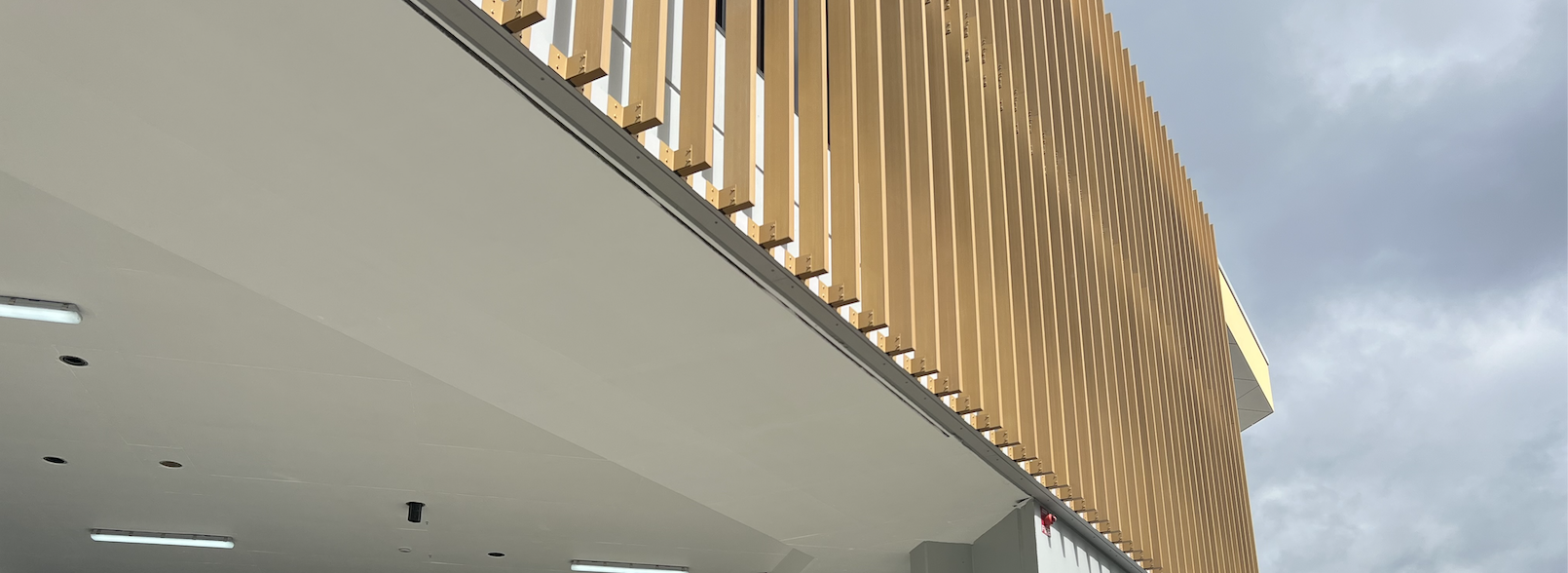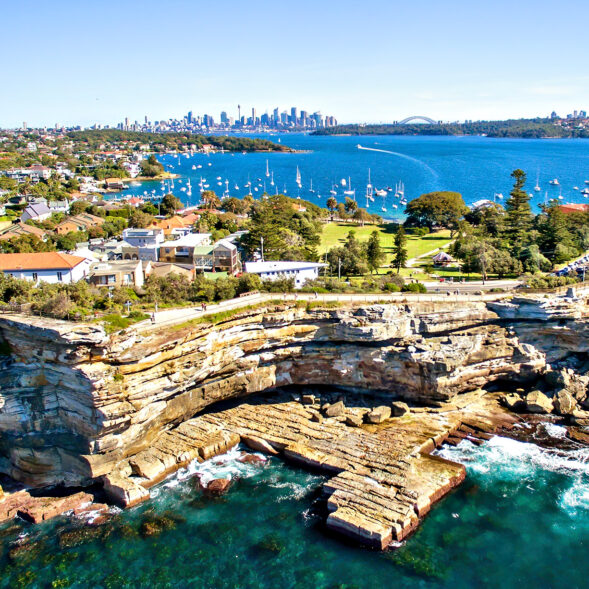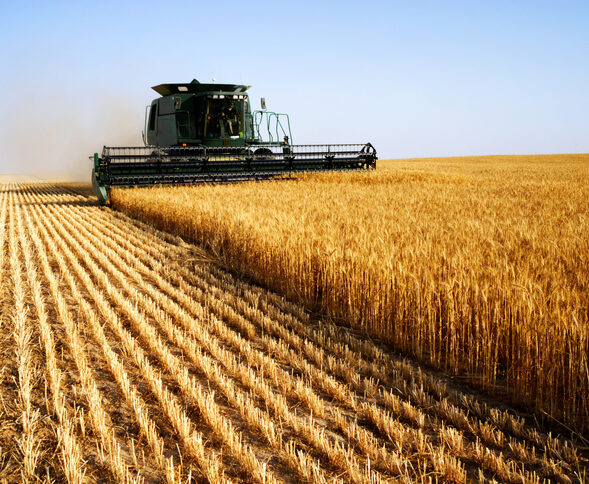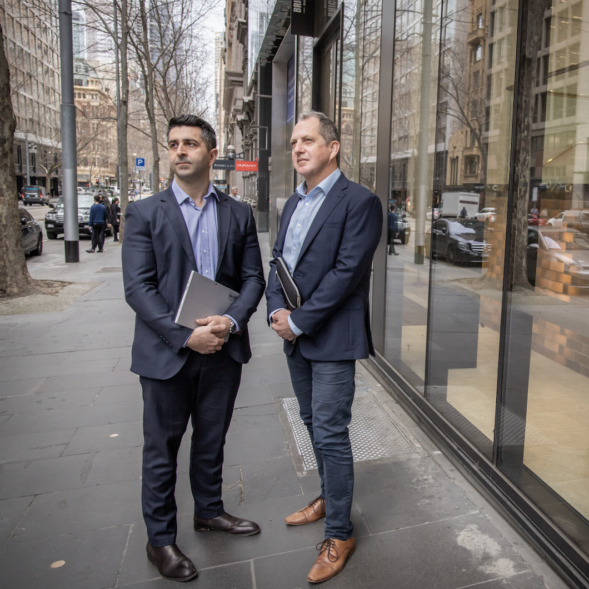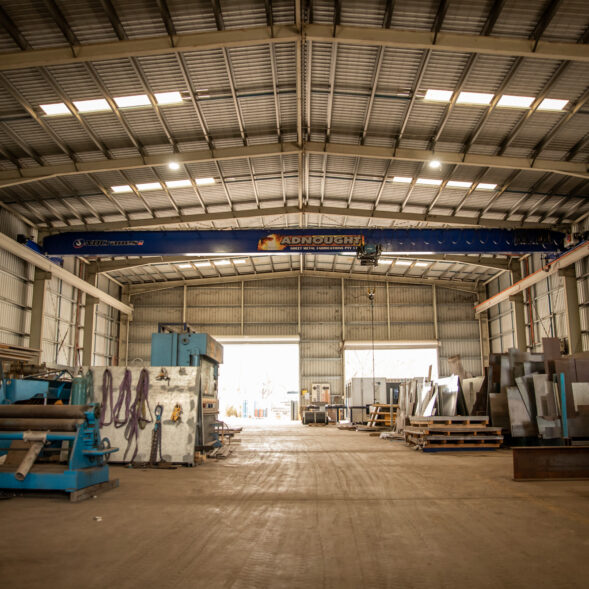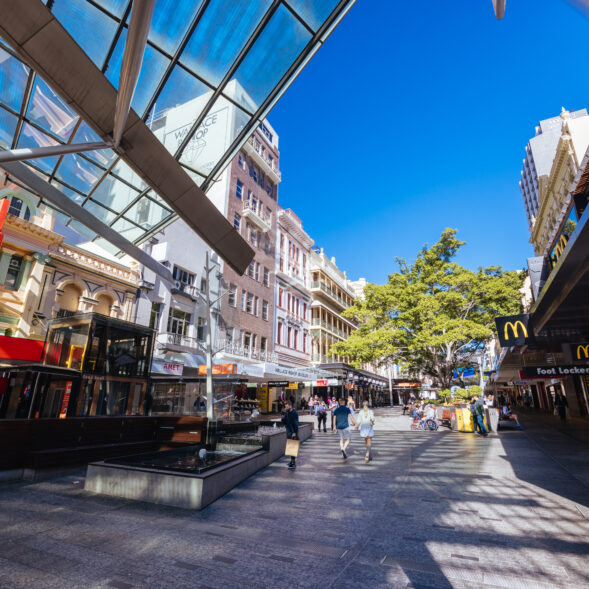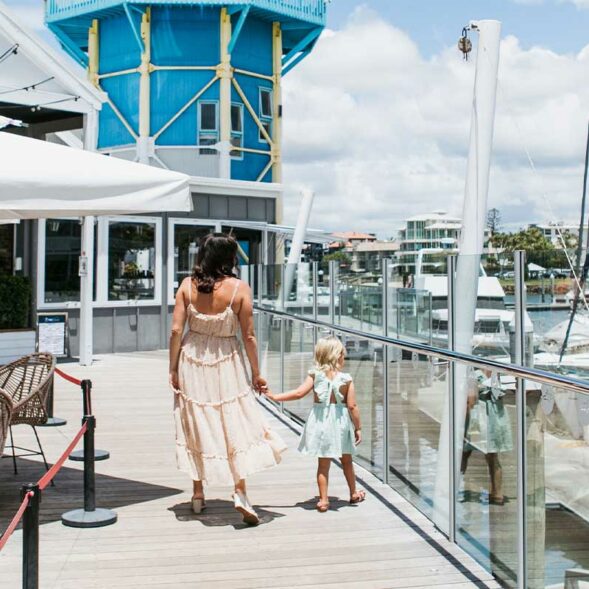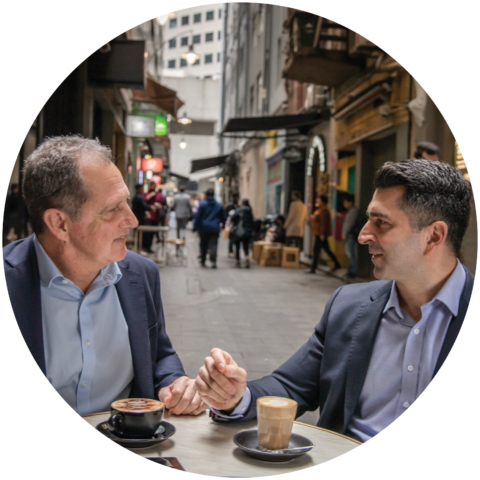Industrial property development is an important aspect of the Australian economy. It is driven by various factors, including growth of the manufacturing and logistics sectors, advancements in technology, changes in consumer preferences and the ongoing population growth in urban areas.
The industrial property market in Australia is diverse, with a range of property types and sizes available to investors and tenants. These include warehouses, distribution centres, manufacturing facilities and logistics hubs.
It is no secret that the industrial property market across Australia has experienced strong growth in recent years. For many regions, the somewhat stagnant conditions seen from 2008 through to 2018 acted as the runway for what has been a very active five-year period when demand for industrial property has increased notably across the country. This growth has been driven by several factors, including expansion of the logistics sector and the increasing demand for high-quality and efficient industrial facilities.
One of the key drivers of the industrial property market in Australia is the rise of e-commerce. With more consumers shopping online, retailers and logistics companies are seeking larger warehouse and distribution centres to store and manage their inventories. This has led to a surge in demand for industrial properties in key locations such as Sydney, Melbourne and Brisbane.
In the Sydney metro region, there are few opportunities for redevelopment and despite strong demand for new stock, the lack of land on which to develop coupled with the high price of land means that development activity has been highly constrained.
South-east Queensland has seen a raft of new development occurring since 2019. Whilst there is still a steady stream of new land being delivered throughout the region, there remains a critical shortage of shovel-ready development sites available to the market at present. A similar tale is unfolding in the west of the country, with our colleagues in Perth reporting similar market conditions where a clear lack of supply is being outstripped by demand in respect of both development-ready land and contemporary built-form facilities.
In our research across the country, one of the most prevalent themes has been that of strong rental growth. In many respects, some property owners are playing catch up after a prolonged period of limited rental growth, however for new developments there are different drivers at play. The economics of completing a project when investment yields are softening coupled with ever increasing land and constructions costs means that rents are forced to rise in order to make new projects viable. For as long as the market demand continues to outstrip supply, it appears that the rental market will be forced to rise to meet these increased expectations.
In addition, there has been a shift towards sustainable and environmentally-friendly industrial facilities in Australia, in order for companies to reduce their environmental impact and align with their stated ESG policies. With many developers now incorporating sustainable design principles into their projects, including the use of renewable energy sources, green roofs and energy-efficient lighting and HVAC systems, further cost pressures are introduced to the development feasibility framework.
Ryan Kohler
Director



